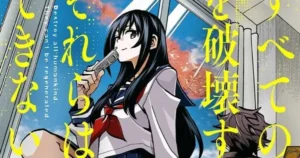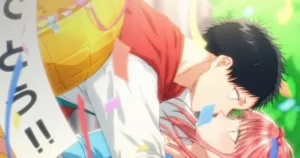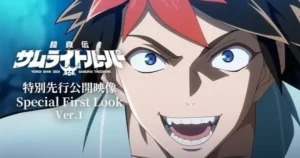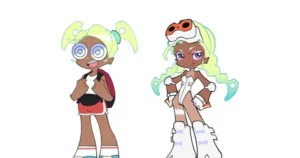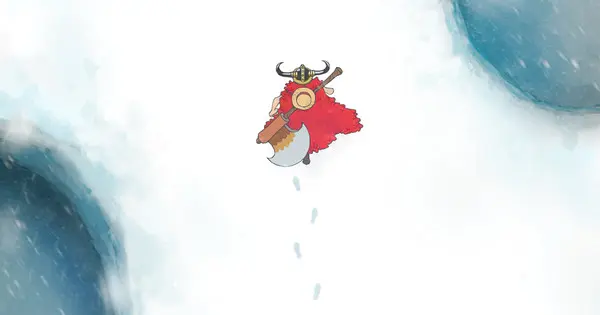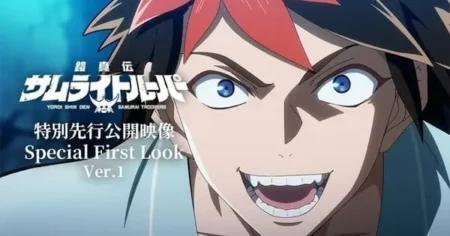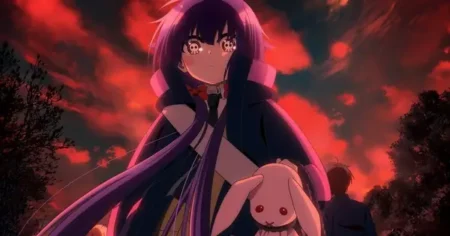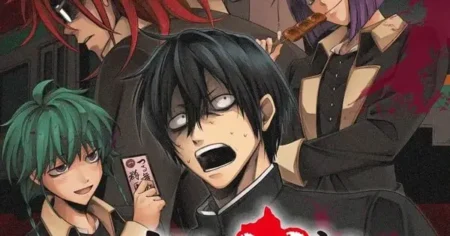Toei Animation has announced a significant change to the production schedule of the long-running One Piece anime, moving to a maximum of 26 episodes per year starting in April 2026. This comes after a planned three-month production hiatus from January to March 2026, which will follow the conclusion of the current Egghead arc. The strategic shift aims to improve animation quality and pacing, allowing for a more faithful one-to-one adaptation of Eiichiro Oda’s original manga.
For decades, One Piece has maintained a near-continuous weekly broadcast schedule since its premiere in 1999, a rarity for such a long-running series. This rigorous pace often led to criticisms of slow pacing, with single manga chapters sometimes stretched to fill an entire 20-minute episode to avoid catching up to the source material.
Why the Change? Enhancing Animation Quality and Pacing
The primary motivation behind this monumental shift is to elevate the overall quality and tempo of the One Piece anime. Toei Animation and One Piece anime producer Ryūta Koike stated during a One Piece News livestream that the new schedule will allow episodes to “incorporate more content, tempo, and pacing of the manga while continuing to leverage the unique storytelling that is only possible with animation”.
Addressing Pacing Concerns
Fans have long voiced concerns over the anime’s pacing, which often resulted in filler content or the elongation of scenes to maintain a gap between the anime and the manga. By transitioning to a more seasonal-style approach with fewer episodes per year, the production team aims to adapt one manga chapter per anime episode, ensuring a richer and better-paced viewing experience. This new format is expected to align One Piece with other modern, critically acclaimed anime known for their high production values and consistent pacing.
Relieving Production Strain
The continuous weekly production schedule has been a demanding endeavor for the animation team. This change is also intended to reduce the strain on the production staff, allowing them more time to refine animation, perfect upcoming episodes, and potentially introduce new visual techniques. This “recharge period” is designed to allow the team to refresh creatively and regroup.
The Three-Month Hiatus and the Arrival of the Elbaf Arc
To facilitate this new production model, the One Piece TV anime will enter a three-month production hiatus from January to March 2026. During this break, fans will have opportunities to engage with “World of ONE PIECE” content.
The Highly Anticipated Elbaf Arc
Following this hiatus, the anime will return in April 2026 with the premiere of the highly anticipated “Elbaf Arc”. The land of the giants, Elbaf, has been teased as a destination for the Straw Hat Pirates for over two decades, making its anime debut a significant event for fans. The new arc is expected to delve into the history of the giants and hold major significance for the series’ overarching narrative.
Historical Context of One Piece Anime Production
Since its inception in 1999, One Piece has been a cornerstone of weekly anime broadcasting, a testament to its enduring popularity. Over the years, the animation style and quality have evolved, with noticeable improvements during key arcs like Marineford, Dressrosa, and especially the Wano arc, which marked a significant stylistic upgrade with cinematic direction and dynamic action.
The series has taken breaks before, including a six-month hiatus from October 2024 to April 2025, which aimed to improve production quality and saw an abridged, remastered version of the Fish-Man Island arc air in its place. The upcoming changes represent the most substantial shift in the anime’s broadcast model, moving from a continuous format to a more structured, seasonal approach.
Fan Reaction and Future Expectations
The announcement has generated considerable discussion among the One Piece fanbase. While the reduction in annual episodes means less frequent new content, many fans welcome the change, hoping for a higher quality and better-paced adaptation of the manga. This move is seen by many as a necessary step to address long-standing issues and maintain the series’ high standards as it progresses towards its grand finale. The shift to a one-to-one manga chapter to anime episode adaptation is particularly exciting for those who desire a more direct and less stretched narrative experience.
The new broadcast schedule is expected to set a precedent for how long-running anime series can adapt to modern production demands and fan expectations for quality and pacing.

